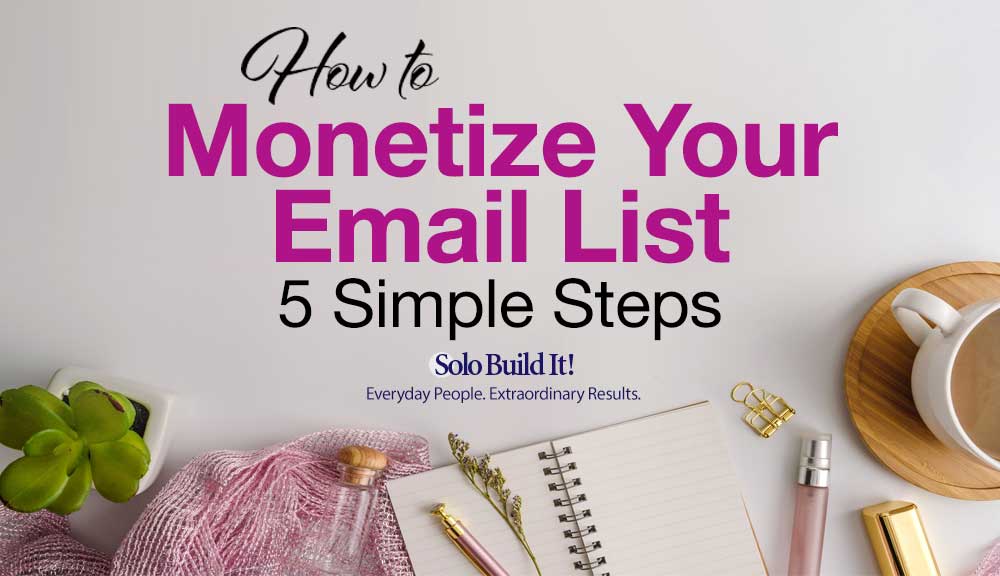
Starting to build and monetize your email list is one of the first things to do when creating a blog — or, as we prefer to call it, build an online business.
Without it you’ll have a sad, empty space where your website visitors, and an income stream, should be.
With it, you’ll have return visitors, a growing set of raving fans who want nothing more than to spread the word about your products, and — let’s shoot for the stars — the start of a legacy for your children, a business empire for them to be proud of.
It may feel overwhelming to think about getting that far. But if we approach it in small steps, always keeping our potential customer at the front of our thinking, it’s really not that difficult.
We’ll start with the basics.
The Truth: The Money’s Not in the List
You may have heard it repeated over and over: “The money’s in the list.”
As with your blog content, the last thing you want to do is sell.
“Wait!” I hear you cry, “I thought this article was about making money from my list.”
It is. But if you don’t keep your subscribers at the front of your mind in everything you do, including email marketing, you’ll simply not gain enough trust to make any money.
As Pat Flynn says:
How much money you make is a by-product of exactly how helpful you are to your audience.
Which is why we need first to examine just how helpful we can be.
Step 1: Start at the End!
What goal do you have in mind? What product(s) will you eventually want to sell to your subscribers?
You’re not going to talk to your subscribers about it — yet. But if you have no idea yourself about what you’ll eventually want to sell, your email marketing strategy is doomed before it starts. It will be too unfocused.
If you already know, great! You’re on the way.
If not, there are three possible paths available to you…
-
- Sell your own products or services. This is by far the most profitable — and the most satisfying — route. Creating and selling digital products is a great way to start.
- If you don’t (yet) have your own product, you’ll be able to promote affiliate products: hard goods, other people’s services, programs or platforms that earn a percentage of all sales.Caveat: be careful about promoting affiliate products directly in emails. Many affiliate companies — Amazon, for example — do not allow direct links to their products in emails. Check each provider you intend to use.
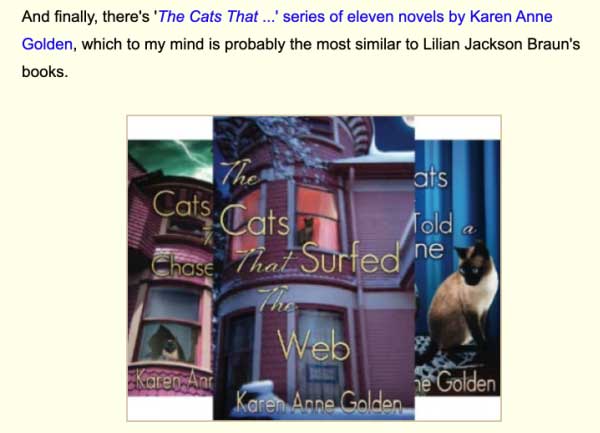
- The final option is simply to use your emails to direct readers back to your website or blog while you’re creating your own product. It’s an option if your income relies mainly on ads, for example.Beware of this being your only monetization method, though. Strive to diversify income streams from your blog or website.
Task 1: Decide Where Your End Is
Ideally, it will be your own product or service. Even if you don’t have it right at this moment, think about what it might be.
We’ll be working backwards from this desired end.
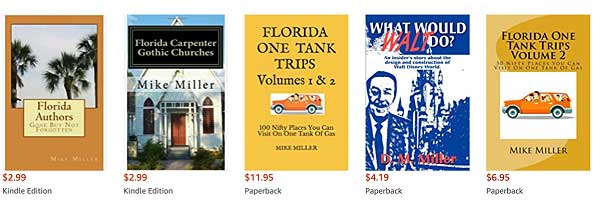
Step 2: The Beginning of the Marketing Journey
Monetizing your email list means giving value from the start.
The start of the customer journey is not receiving their first issue of your newsletter, it’s the landing page. (You do have a landing page where your subscribers sign up, right?)
So the place to start your own journey is to join them there. Ask yourself what value you give to your potential customers at that point.
We all know about freebies (or “lead magnets,” if you want to use the jargon). They’re incentives for readers to sign up and become subscribers.
What benefit does yours give? In particular, what value does it give to people you want eventually to buy from you?
How does it align with whatever you’ve decided you want to sell later?
For those who already have a freebie, let me guess. You wrote an ebook five years ago. It was good! Forty pages of text about the history of [name your niche]. You even threw in the occasional photo…
Sorry to be the bearer of bad news — this is no longer good enough. You’re talking features (length, photos), not benefit.
What value does your giveaway offer? How does it help your subscriber get to where she wants to be? How does it transform a part of her life (no matter how small a part)?
These days, people struggle for time. A forty page ebook may sound great, but if potential subscribers don’t have the time to read it, it’s no magnet. You’ve lost your potential income source before you begin.
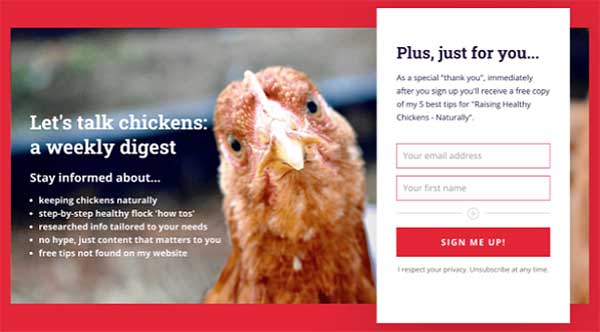
Task 2: Review or Create a Freebie
- If you don’t have a lead magnet yet, consider what you could create in an afternoon (max) that your subscribers would enjoy, could digest in ten minutes (also max), and which would give them something of benefit to their situation.Think back again to the end. What product do you eventually hope to sell? What could you give away now that will make people know that they simply have to buy that product from you in the future?
- Thinking of selling an ebook? Give away the first chapter.
- An ecourse? Create a free short course you can deliver by automated email.
- A series of consultations? Offer one 10 minute “how to make the best of counselling time” call for free.
(It’s also a great way to get feedback on the likely popularity of your final product.)
- If you already have a freebie, take a look at it now. Ask yourself those same questions. Then, remove your forty page ebook and sell it instead. Or give it away as a bonus on the ecourse you’re about to create.
It will have much more impact there.
Step 3: Build Your List With a Warm Welcome
Small cheer and great welcome makes a merry feast.William Shakespeare, “The Comedy Of Errors”
So your subscriber signed up and downloaded your freebie — which she loves, because she can see how it makes her life a little easier, or a little more fun.
What next? Start selling?
Absolutely not!
Start to cement the relationship with your subscriber. (Let’s call her Kate, for ease of explanation.)
Begin by creating an automated series of emails, scheduled to start going out to Kate as soon as she signs up. You may see this referred to as a “nurture sequence.”
How many emails and how frequently you send them is up to you. Three or four is a reasonable number, sent at one or two day intervals. There’s evidence that sending more than five is likely to cause irritation and a quick unsubscribe.
While Kate’s going through that process, don’t send her your newsletter as well — it’s overload. Take her off that list until she’s done with the welcome series.
Not sure if she’ll want that nurture sequence? Offer an option for her to opt out of this series and go straight to your newsletters. Now she feels more in control.
What should you say to Kate, now that she’s listening to you?
First Automated Email
Say hello, be delighted that Kate has signed up (even if she’s only your best friend who signed up because she felt sorry you had no one on your list!).
Be sure to capitalize on your new subscriber’s enthusiasm by giving her a “quick win.” A win that…
- like your freebie, is a small step on a journey that will eventually lead to your paid product
- is evergreen, so you don’t need to keep changing it
- is easy to understand and implement
- will make something better for Kate
- you can offer in no more than 500 words (remember: her life’s too short to read your version of War and Peace).
Such as?
- If your niche is baby care, a simple log of sleep patterns that will become part of a “how to get 7 hours sleep as a new parent” course.
- Lifestyle coaching blog? A questionnaire about “What living your best life means to you.”
- Travel site? Summarize a chapter from your ebook about a particularly popular landmark.
- For a crafting niche, a free quilting / knitting / embroidery pattern that shows the quality of the bundle of patterns you’ll sell later.
Second Automated Email
Give Kate the option of sitting down with you for 30 minutes (virtually!). She can tell you the one thing she’s most worried about at the moment, and one way in which she thinks you might help her solve that worry.
How does this help?
- It makes Kate feel you genuinely want to know how you can best help her.
- It gives you a clear idea of what your audience wants to know about. That in turn gives you a schedule of content for your blog and newsletter, and clues as to what will work as a paid-for product.
Third Automated Email
Use your final welcome message to find out even more about Kate herself. She’s the best person to let you know what she’ll buy from you later.
How? Create a simple survey.
You don’t need to spend money on this. Google Forms is free software that allows you to create surveys and quizzes. There’s no limit to the number you send, and you’ll receive a summary of the results as well as individual responses.
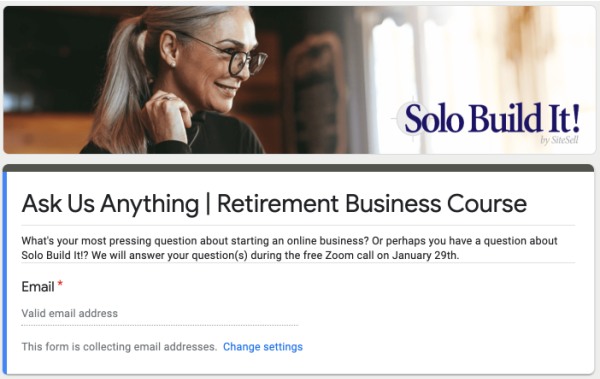
Not keen on Google? Consider something like SurveyMonkey, which allows 40 responses for free.
What to ask?
This is the start of segmenting your subscribers — moving them into separate groups depending on experience, interests or whatever will help you create products to help them.
That might be…
- Something as simple as age. For example, young travelers to Italy are likely to be more interested in nightlife than the over 70s.
- For a dog care niche, perhaps families who have adopted an older dog, have a new puppy or are dealing with a special needs dog.
- Subscribers to a recipe site may want recipes about starters, main courses or desserts — or all three!
Task 3: Create Your Three Automated Emails
- Create a “quick win” for that first automated email. Think about your niche, and the final product(s) you want to sell. What would be the first step on that path?If you don’t have a product in mind yet, create something simple related to your niche, which you’ll be able to replace later.
- The second email requires little content. Simply set the scene in which Kate will feel comfortable talking to you, and ask her to hit the “reply” button.
- In the third email, consider your niche and how best you could separate your subscribers so that you can better target your final product.
What if you don’t have an email platform that allows you to segment?
If you’re serious about selling, it makes sense to change to a platform that does. There’s evidence that segmented email campaigns can increase revenue by up to 760%.
As Mailchimp found…
Segmenting your email marketing lists has an overwhelmingly positive impact on the engagement of your subscribers. Open and clicks rates were up across the board in all segmentation scenarios that we’ve investigated.
If that’s not possible, alter your focus.
Instead of targeting specific sectors and creating products to align with the need of each, consider what in general your audience might want. What product would most appeal to your overall ideal customer?
Or, settle for sending traffic back to your website. That’s a form of monetization if, for example, you have ads as an income stream, or you can direct to an affiliate product.
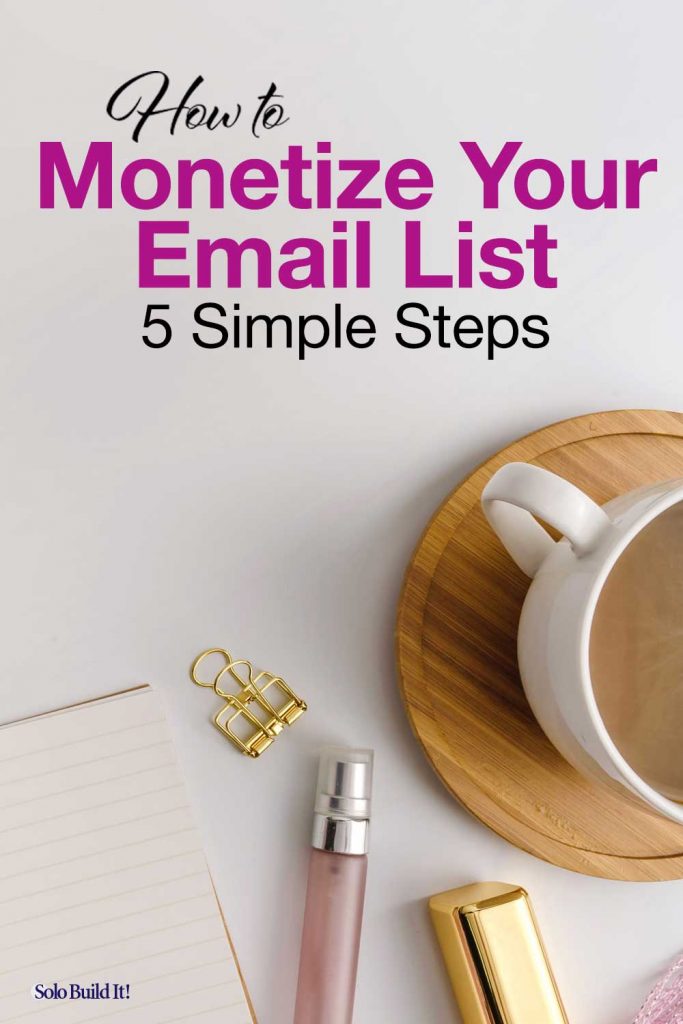
Step 4: Are We There Yet?
Can we start selling something now?
Absolutely. In email #4, consider making Kate an offer she can’t refuse.
By now, you have Kate on board. She’s become more than an occasional (or even a one-time-only) visitor to your blog — she’s on the way to becoming a raving fan.
She’s had helpful — transformative, even — information from you via a freebie and a series of emails. If you’ve offered excellent value, Kate will be ready to trust what you have to say.
So — don’t let her down!
Go back to the product you decided on right at the start of this process, whether that’s your own, or an affiliate product.
Don’t promote your highest ticket item yet. Use this email to promote, for example…
- An affiliate’s tour of those night time hotspots in Rome. Later, you’ll promote more expensive tours, or your own guide book.
- A bundle of five car trips from your “On the Road in the Western Scottish Highlands” book. Later, you’ll promote the entire book.
- A short, inexpensive ecourse — she’ll want to buy the longer version once she’s seen the value of the freebie followed by this short course.
Task 4: Decide on Your First Product
Whatever you chose as your final product, decide now what relatively low cost product might be your first product.
Think back to the freebie you designed: what logically follows on from that?
If you have the ability to segment your list, you’ll want to tag those who buy so that you know not to send them the same offer again in the future — and, potentially, to “upsell” (see More Direct Ways of Marketing, below).
Step 5: Keep Communicating!
Kate has gone through your four “warm welcome” emails. She’s thoroughly delighted with everything she’s seen so far. You want the relationship to continue.
Time for her to go into your general newsletter group.
Sending marketing newsletters doesn’t have to be complicated. Look at what you did in the first set of welcome emails. And then — rinse and repeat.
Continue to provide high quality information in every communication you send, based on the problems facing your subscribers. The survey you did in email #2 should give you plenty of ideas!
- Make sure to include easily actionable tips
- Link to your best blog content
- Provide free downloadables from time to time
- If it helps your subscribers, don’t be afraid to link to other people’s content
- Always bear in mind your subscriber’s wants and needs
Still not sure about what to write?
Task 5: Plan Newsletter Content
Turn off distractions for 15 minutes — no calls, no emails, no making coffee, no chatting to the dog (or cat). Then, using a series of post-it notes (or similar), write down the answers to these:
- What two questions does your audience constantly ask you?
- What two questions does your audience never ask but should?
- What two challenges does your audience struggle with?
- What two things do you most enjoy talking / writing / teaching about?
- What are your two favorite pieces of content on your blog?
- What were your two most recent articles?
There you have it: twelve pieces of content.
How Often to Promote a Sale
That frequency depends partly on how often you email your subscribers, and partly on what you have available to sell.
If you’re serious about using your newsletter to generate substantial income, it should be sent at least weekly. Subscribers who know and trust you are more likely to invest both their time and money.
It’s generally agreed that there should be about three pieces of “free” content to one promotion.
Will your audience appreciate more of it? That will vary from niche to niche and person to person. The only way to know is to test.
For example: suppose you have a mobile dog-grooming business. You normally email every week. Today, a cancellation has come in for two days’ time.
Email your list now — don’t wait for the next scheduled newsletter! Let them know how unusual it is for you to have a vacancy. Make them flock to the phones to book that slot!
SBIer Luke Barber of Home Speech Home has dozens of different products, and promotes them more frequently. He knows his subscribers want his content — and his products.
Watch what Luke has to say about email marketing on his Solo Build It! YouTube interview.
More Direct Ways of Email Marketing
Be careful with these. Remember: your first priority is to build a relationship and meet your subscriber’s needs. Aggressive email marketing is unlikely to work in the long term.
-
- Upselling: when a subscriber buys from you, send an immediate follow-up email that offers a more expensive product.
- Cross-selling: suggest complementary products to the one you just sold. Amazon is the master of this — it assesses that around 35% of their revenue is generated by cross-selling(source).
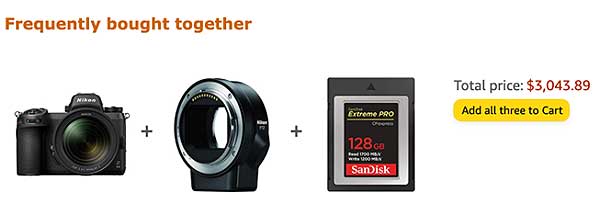
-
- Abandoned cart reminder: your customer is on the verge of buying, becomes distracted and leaves items in the cart. You email them with reminders, making sure to build a fear of missing out…
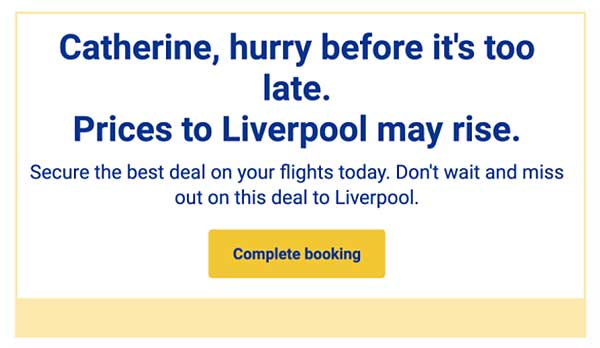
-
- Sell ads in your newsletter: This can be very lucrative, but you will need a large list — GetResponse reckons at least 10,000 subscribers.Be very careful of this. Online audiences tire of ads and often subscribe to newsletters because they’re an ad-free zone. Your unsubscribes are likely to increase dramatically.
- Paid subscription newsletter: if you have expert knowledge, create a less frequent (monthly, bi-monthly or quarterly) paid-for newsletter in which you share more detailed information, access to a video or webinar, or whatever “extras” you have.If you’ve added ads to your usual newsletter, offering a paid subscription that’s ad-free might work. But again, you’ll need a large list.
- Ask for donations: a platform like BuyMeACoffee offers an easy way for readers to “tip” you if they’ve enjoyed your content, both on your website and in your newsletter.
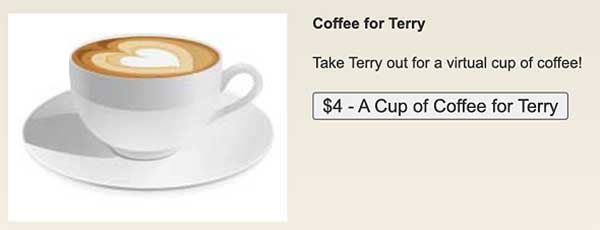
How to Monetize Your Email List: The Main Takeaway
People will forget what you did. People will forget what you said. But people will never forget how you made them feel.Maya Angelou
Monetizing your email list is not about selling. It’s about building a relationship with the people (not “prospects,” not “targets”) who subscribe to your list, then offering them a product that will in some way transform their lives.
It may not be a large transformation. It may simply be helping them learn how to draw a chicken. It may be something bigger than that: finding recipes to help better control their migraine, or composing the perfect resumé that helps an unemployed person find work.
It doesn’t matter what it is. What’s important is that it matters to the individual.
Nor do you need a huge list to make money. You need an engaged list of people who trust you.
As with everything in the world of building an online business, offering high quality content and real value come first.
Get that right, and the monetization will follow.
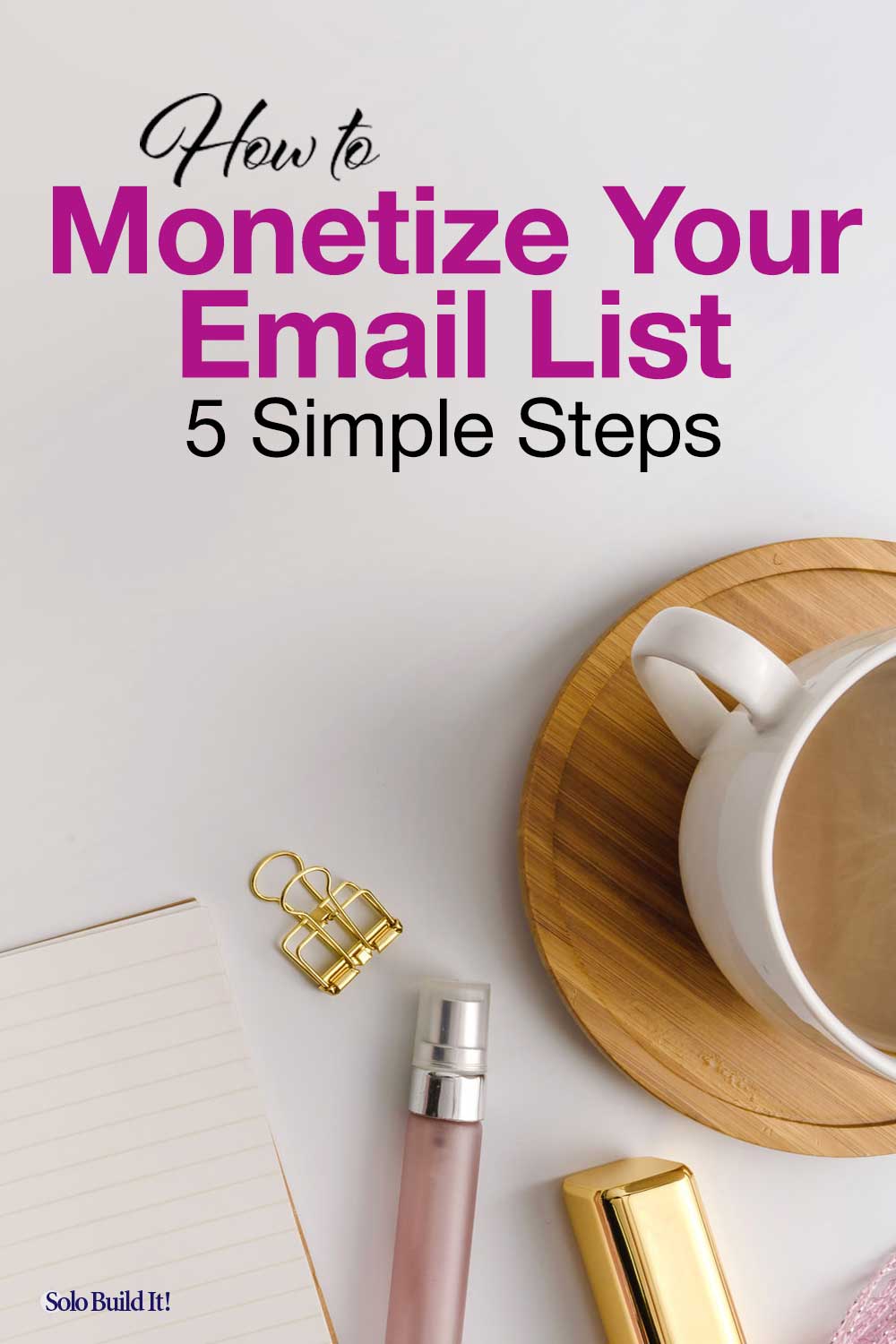
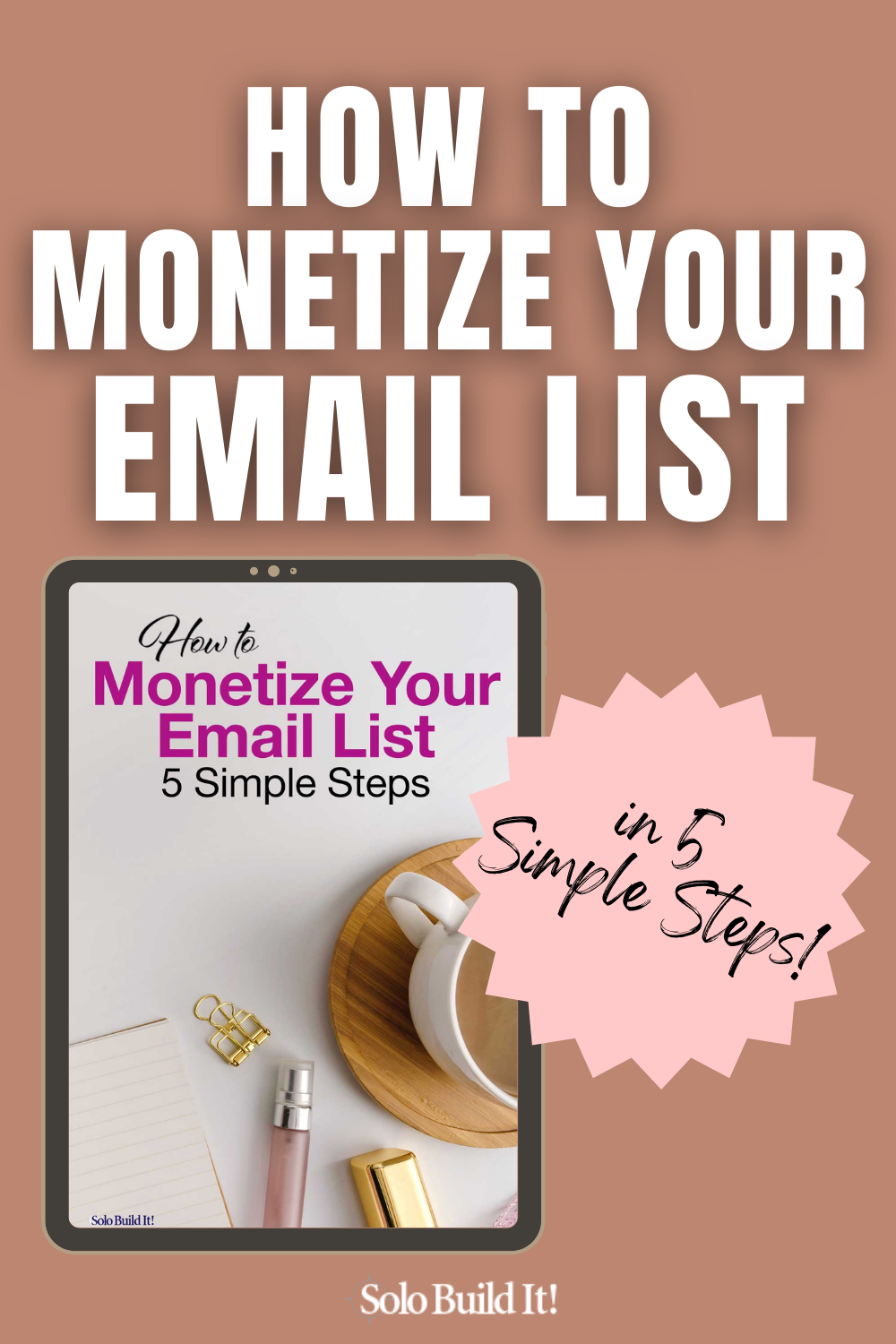
Cath Andrews
Latest posts by Cath Andrews (see all)
- Start a Passion-Based Business and Live Your Dream - February 1, 2023
- What Do You Say When Their Eyes Glaze Over? - December 20, 2021
- How to Monetize Your Email List in 5 Simple Steps - October 26, 2021


